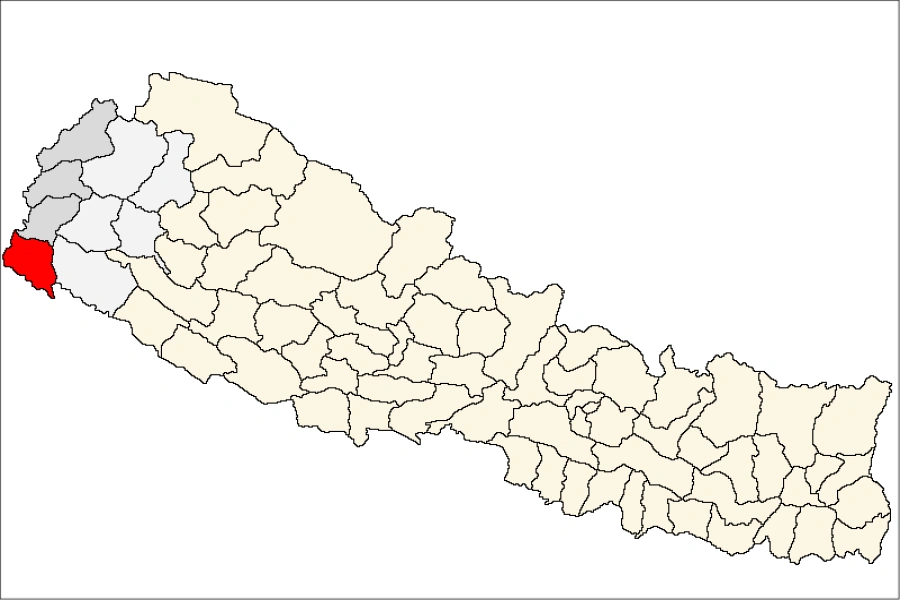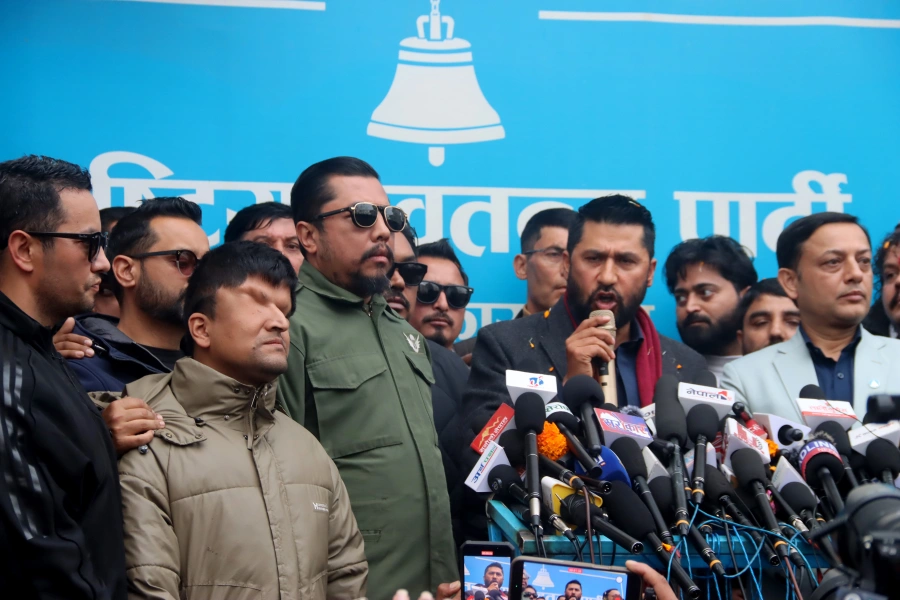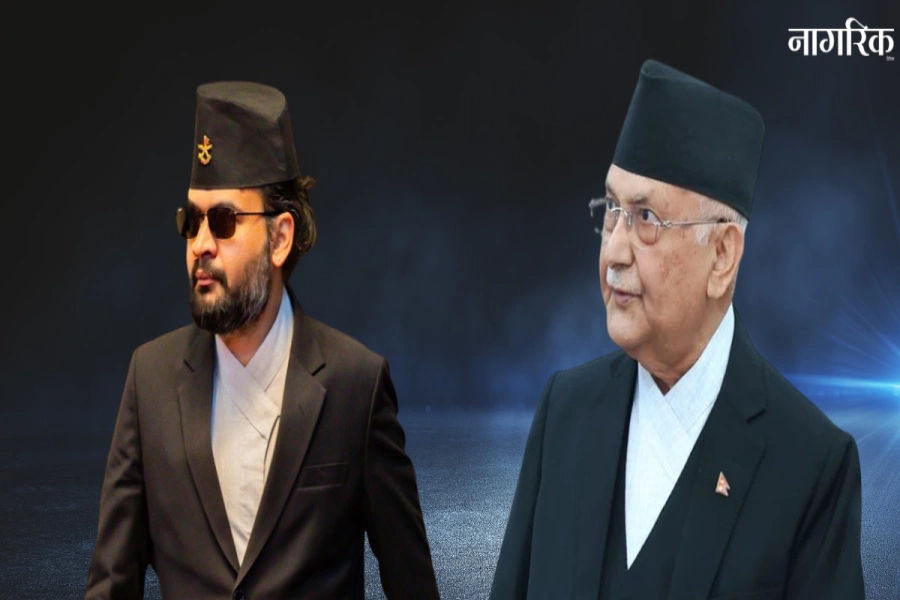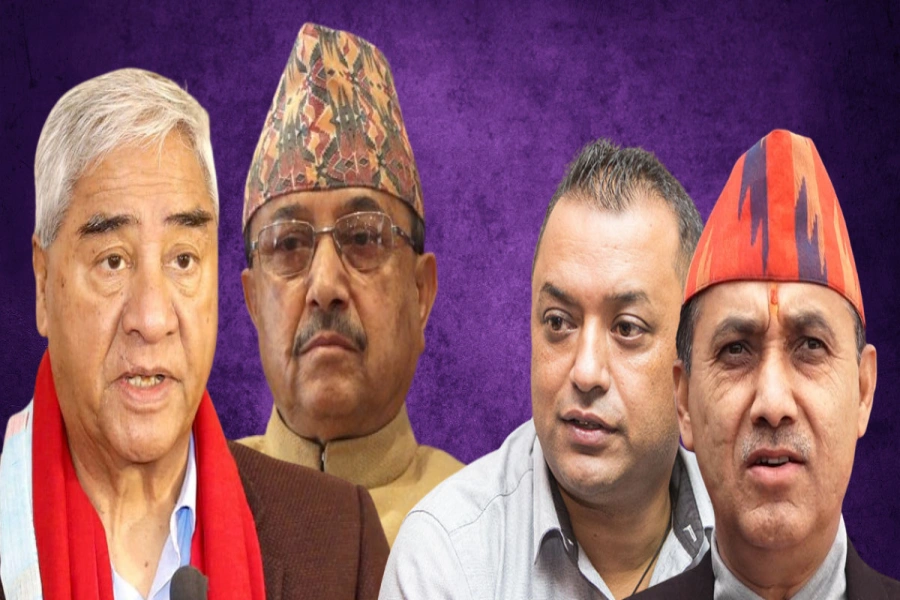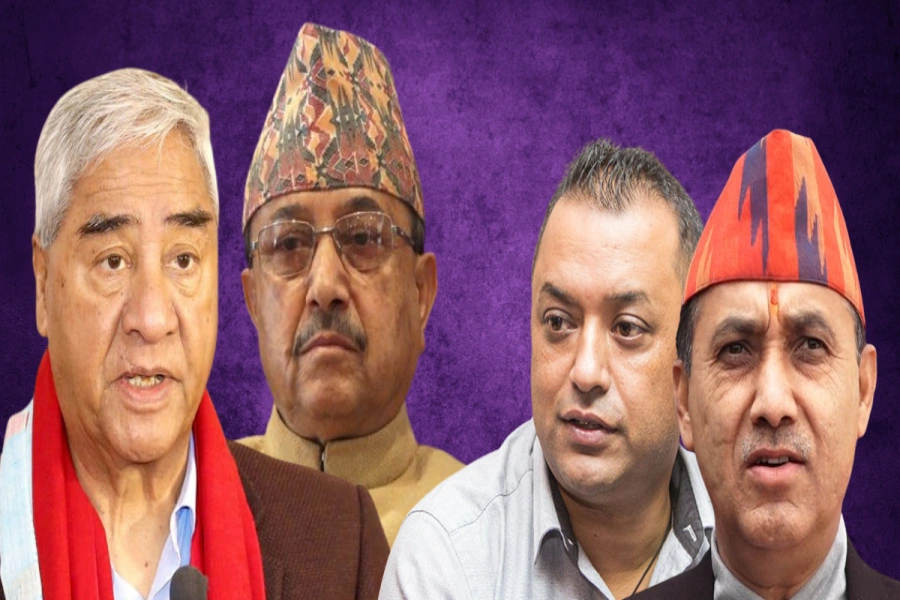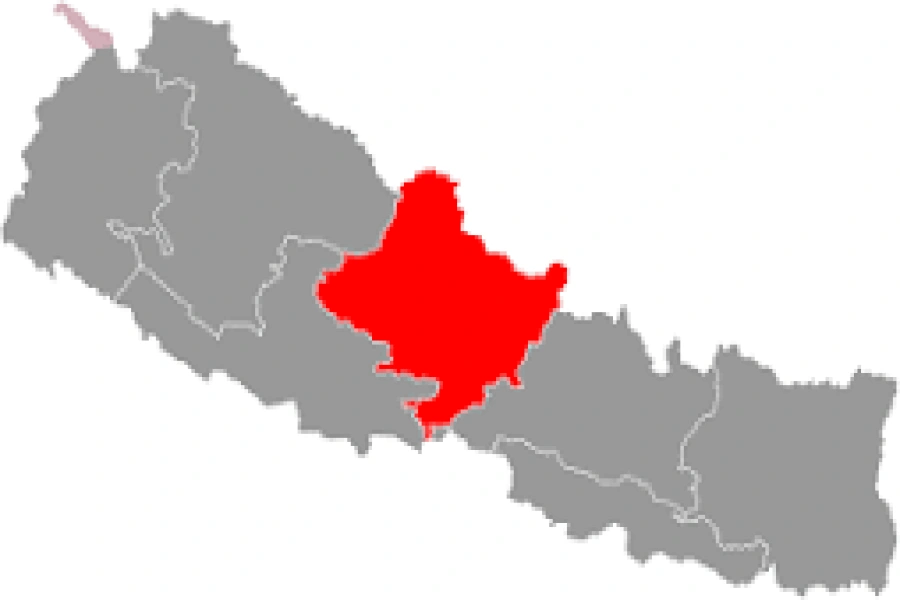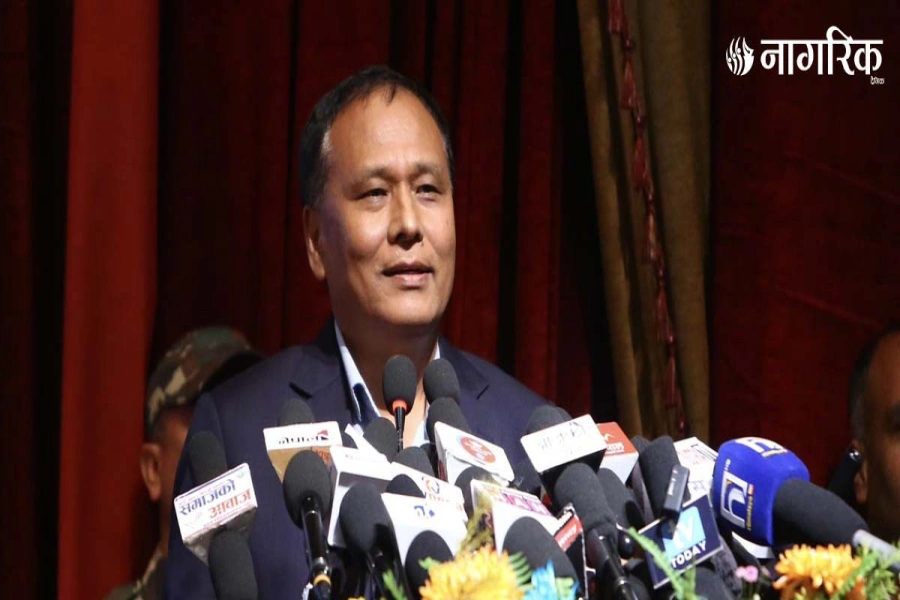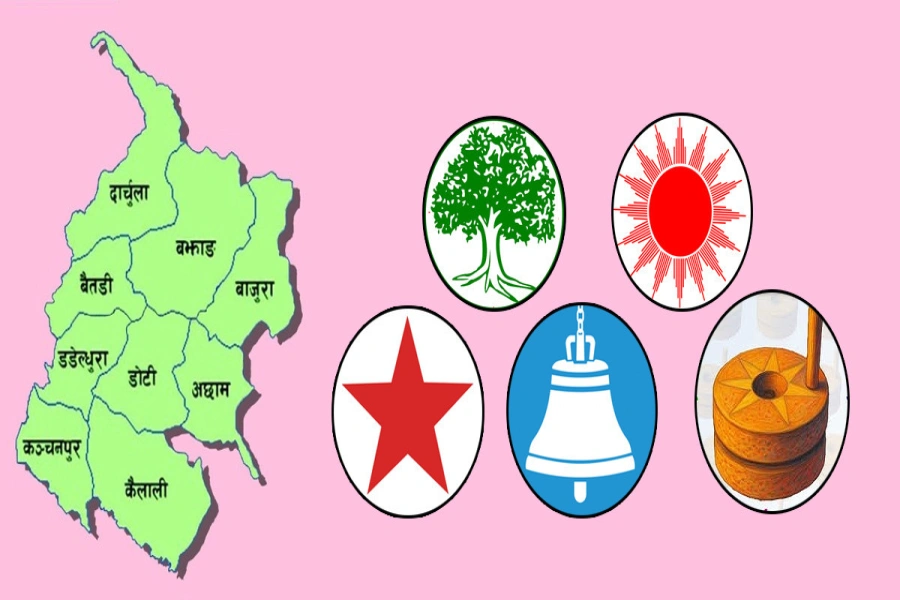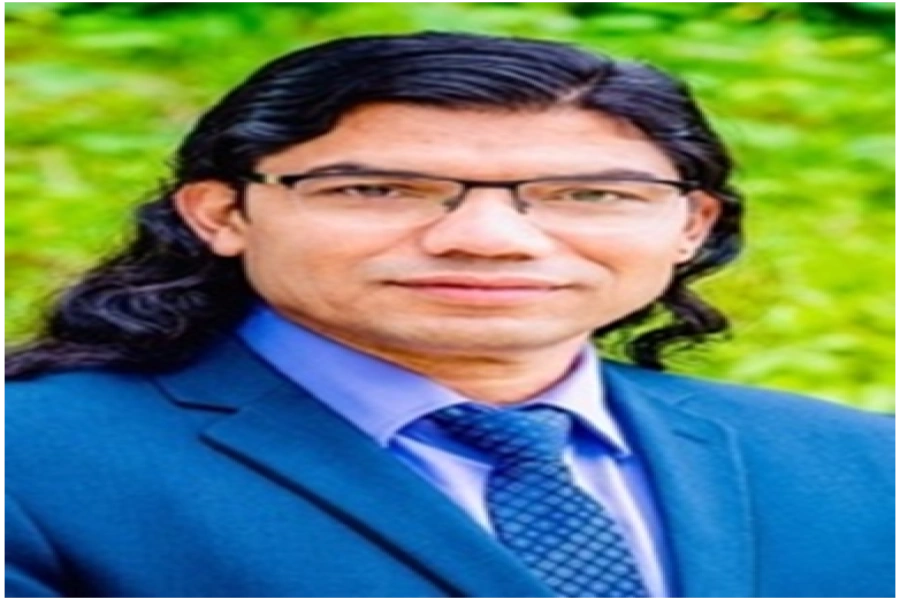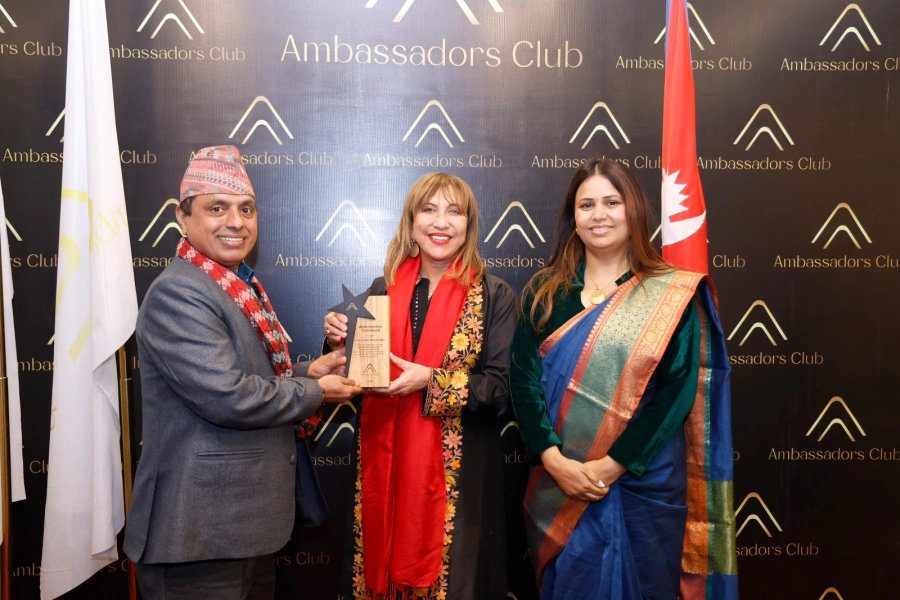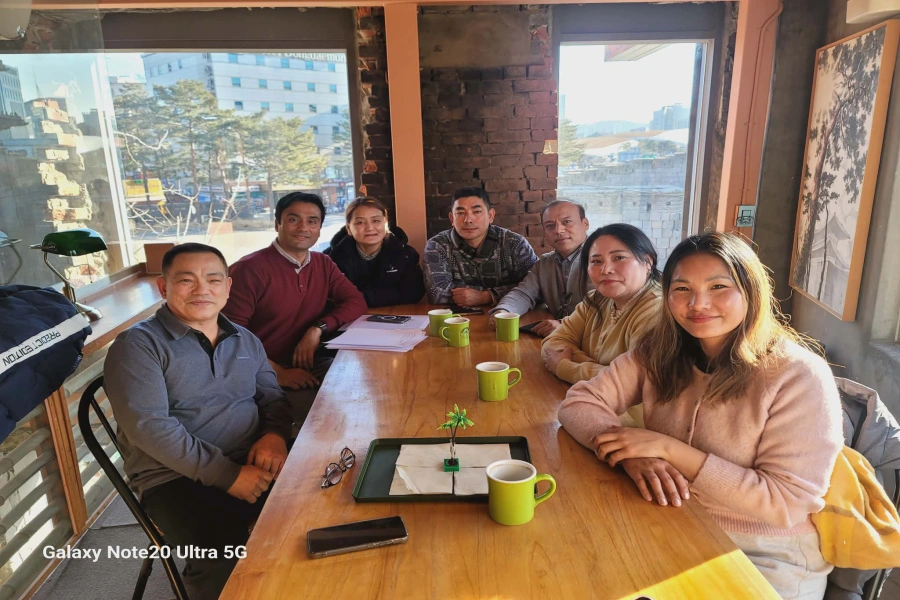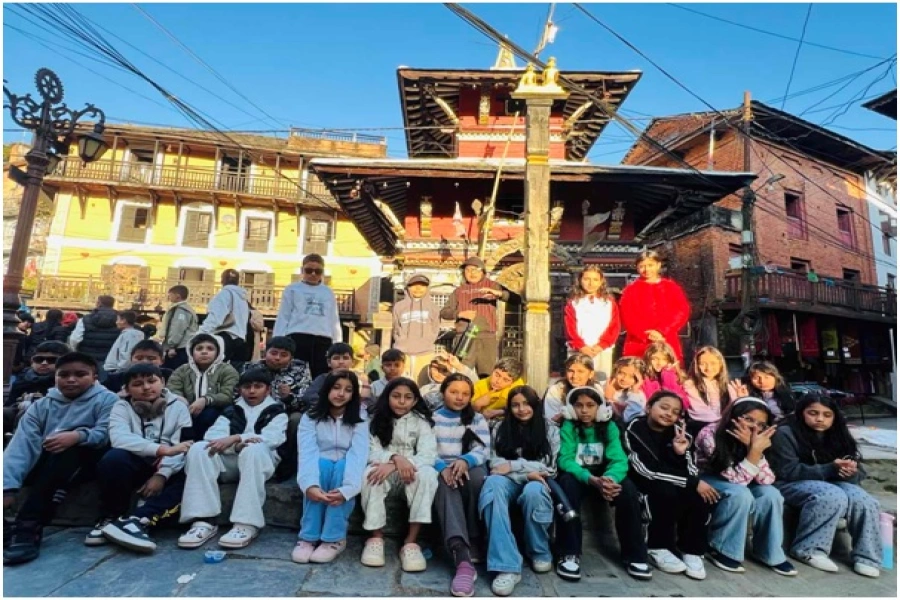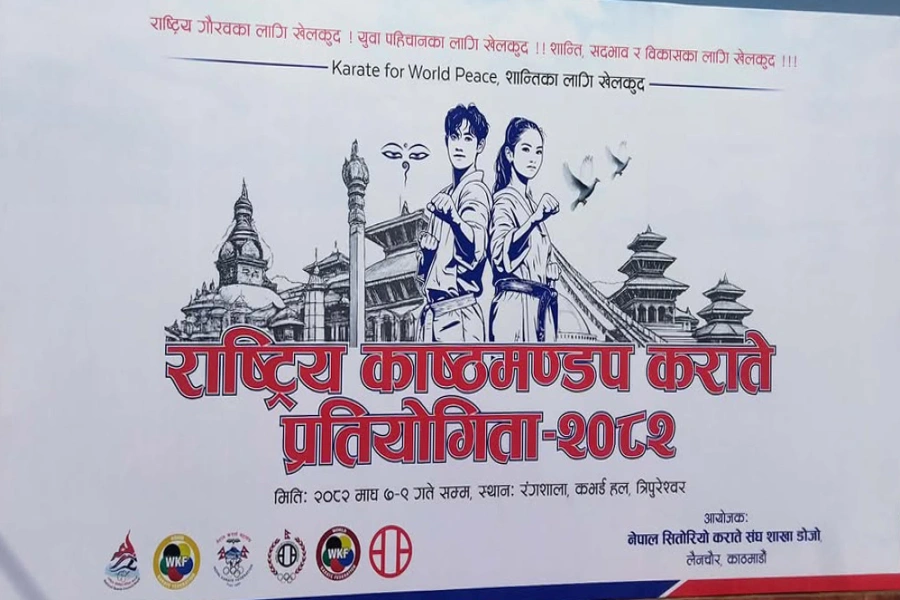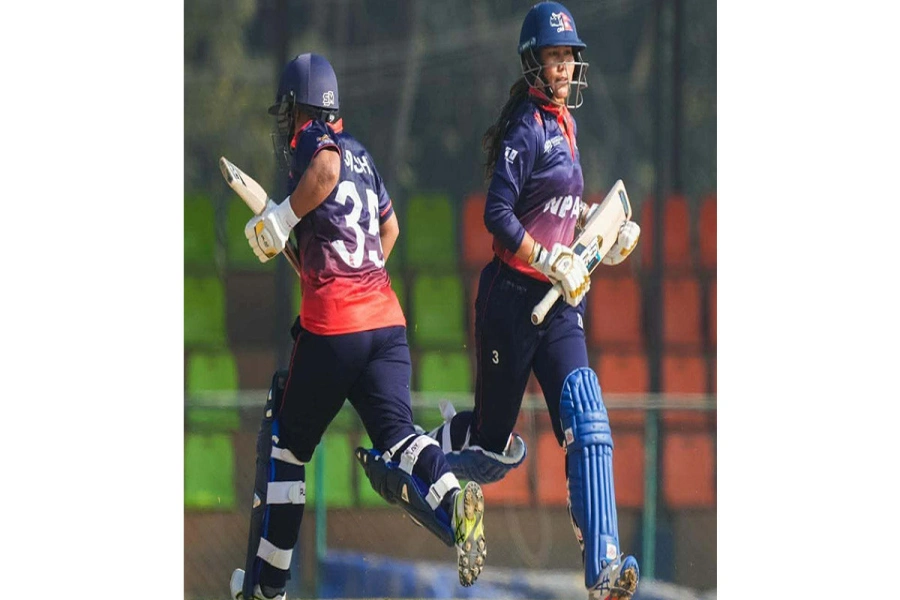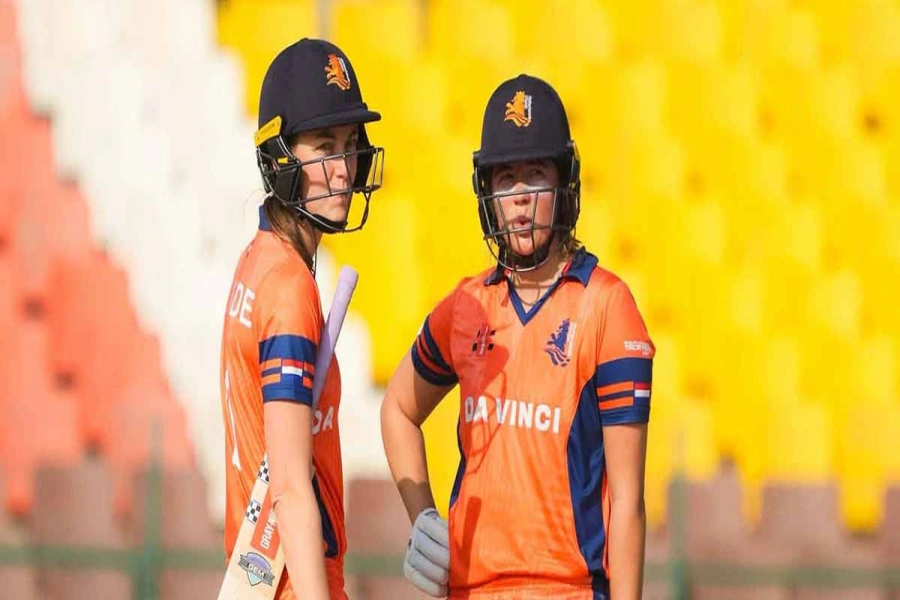All this happened last week in connection with the flaking off of black-topping from a small section of the freshly overlaid 3,050-meter (10,000-ft) runway at Tribhuvan International Airport (TIA), and the resultant flight delays and diversions. [break]
While there is still uproar over the runway incident, those who have seen with their naked eye what exactly happened say the panic is unwarranted. TIA´s management, the overlay project´s director, consultant, and contractor, and preliminary observation of an internal investigation conducted by a team constituted by Civil Aviation Authority of Nepal (CAAN) all have the same thing to say: an insignificant issue was blown out of proportion by some sections of the media as well as some in the aviation fraternity.
“The runway is perfectly serviceable. Small localized potholes that appeared after the fresh black-topping flaked off due to rain and flight impact have been repaired. There is nothing to worry about,” said Ram Prasad Neupane, director general of CAAN.
Ratish Chandra Lal Suman, general manager of TIA, concurred, “A problem as small and common as localized flaking off of black-topping was described by the media as development of large cracks, holes, and even as total runway breakdown. The problem was overblown and it led to panic.”
Problems observed this month at TIA have happened at airports elsewhere too. It happened at Mumbai International Airport in August, 2010, at Midway Airport, Chicago, in July 2007, and at Hartsfield-Jackson International Airport, Atlanta, in May, 2005, to cite a few examples.
More importantly, runways in the cited examples were well-set. The same cannot be said about the recently black-topped TIA runway. Therefore, it should not come as a surprise if some more weak spots are identified on the TIA runway before monsoon ends. Some hold-ups are also possible.
What exactly happened at TIA?
The TIA runway overlay work that started in March 2009 and ended in February 2011 was a cosmetic maintenance work. The overlay that cost Rs 240 million was not meant to alter the foundation, structure or design of the aged runway built in 1975.
The overlay project´s contractors -- China Railway Engineering Corp and Tundi Construction Pvt. Ltd -- were tasked with laying a 50 mm flexible asphalt carpet over the runway´s 300,000 sq m surface area.
As TIA does not have a spare runway, the overlay work was done under artificial lights from 12:30 a.m. to 5:30 a.m. during the construction period so that flights were not disrupted.
For four months since overlay works were concluded on February 3 this year, no problems were reported.
But rain this month proved that some patches were not strong enough to endure flight impact. According to airport insiders, the measure of these weak spots in totality is no bigger than five sq. m, which is pea-sized for a 300,000 sq. m overlay.
“It is for this reason [likelihood of some weak spots] that contractors of such projects are bound to rebuild them during a defect liability period, which, in this case, is a 12-month period,” said Suman Subedi, director of Tundi Construction.
The first problem was reported on June 2 when a small perforation was detected between link taxiway 4 and 5. Since water has a habit of sneaking through such perforations and weakening a much wider overlay area, flights were temporarily held up that day, the consultant was informed, a temporary patching up was done, and the spot was marked to conduct permanent rebuilding after monsoon.
The second problem was reported on June 7 when a small pothole was detected, again between link taxiway 4 and 5. It led to another delay of flights while the pothole received temporary patching up and was also marked for permanent rebuilding after monsoon.
In the afternoon of June 12, a Kingfisher airline craft took a sharp u-turn before reaching the turning pad of the runway, thereby deforming a small area on the runway. This held up flights and some were diverted as well. The deformed area was repaired.
In the morning of June 21, the temporary patch up of the pothole spotted on June 7 was given a stronger patching up, pending permanent rebuilding post monsoon. That morning, the consultant, GEOCE Consultants Pvt. Ltd, informed the airport management that the patch was fresh and flights needed to be delayed by some 15 minutes (at least till 6:45 am).
The request was overlooked, and a Nepal Airlines craft ran over the patch at 6:28 am. One of its wheels made direct contact with the freshly patched section and tore it off. Had the aircraft followed the central line of the runway accurately, its wheels would not have touched the weak spot that falls 1.3 meters right of the central line. In fact, wheels of even very small aircrafts that operate over the runway will miss the patch if the central line is followed with precision.
The June 21 incident was the most serious of the four in terms of the delays it caused. It held up flights for nearly three hours, and three international flights had to be diverted. This was when air traffic controllers (ATCs), who are tasked with giving runway clearance to flights, lost patience, and quite naturally.
Exasperated at having had to explain delays and diversions to angry crews of dozens of cockpits four times in one month, the ATCs reached out to the media and warned of impending air traffic disaster, also alleging of irregularities in the overlay work.
Aged runway
The foundation of the 3,050 meter runway is 36 years old. The runway got its present length in 1975.
According to Subedi of Tundi Construction, international standards stipulate that a runway gets an overlay every five years.
The last time an overlay was done was 12 years ago, according to Neupane, director general of CAAN.
The one-year defect liability period is meant to see, more than other things, whether an overlay endures monsoon when the possibility of water sneaking through perforations and weakening sections of the overlay is high.
“All the identified weak spots will be completely rebuilt once the monsoon ends,” said Duruba Bhocchibhoya, director of the overlay project. "The contractor is contract-bound to do that."
Corruption?
Minister for Civil Aviation Khadga Bahadur Biswokarma has pledged to form a committee to probe the runway issue. The committee, which is yet to be constituted, will operate independently of the CAAN investigation team headed by Aerodrum engineering expert Dr Punya Raj Skakya, whose team is already half-way through its 15-day deadline.
“We are very happy that the Aviation Ministry is forming an experts´ committee to probe suspected irregularities,” said Subedi of Tundi Construction. “No matter how many times you dip the fishing rod, you will end up disappointed if there is no fish in the river,” he added.
The overlay project´s consultant even expressed doubts that the hue and cry created over “minor defects” of the runway could actually be a ruse to divert attention from the very serious problems seen at the recently built helipad.
Construction of the Rs 27 million helipad began in November last year and was completed in February this year. The helipad built under the design and supervision of CAAN´s own engineers is now completely useless.
Much ado about nothing



